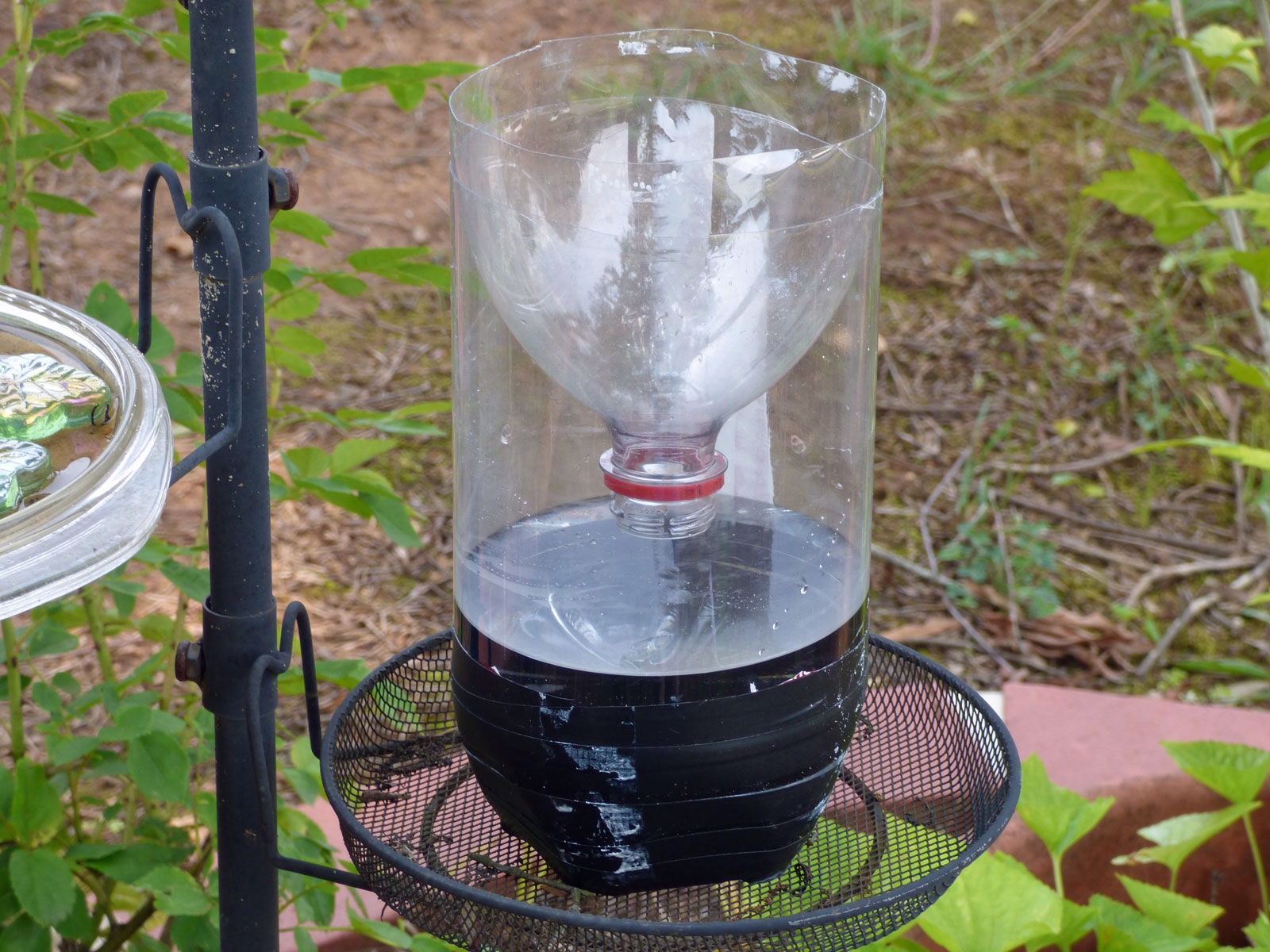True or False: Tickling your plants can help them grow
By: Lauren M. Liff for Dabah Landscape Designs
Almost everyone is ticklish, some people enjoy being tickled while others can’t stand it – but the truth is, that it does nothing but make us laugh. Did you know that you could tickle plants to help them grow? They won’t laugh uncontrollably right away, but their enjoyment is still just as noticeable over time. Many commercial greenhouses and nurseries tickle, stroke or repeatedly bend their plants – now, this might seem crazy at first but they are actually tapping into a natural phenomenon that impacts how plants grow. This practice of tickling and bending plants is known as thigmomorphogenesis.
Plants respond to a number of different stimuli – light, gravity, moisture levels and yes, even touch. Thigmomorphogenesis is a plants’ response to being touched. This natural process occurs when a plant is touched by any outside influence including rain, wind and passing animals. The growth rate and habit of a plant varies based on what touches it most often. For example, a tree growing in a very windy spot will change its growth habit to gain more mechanical strength. This tree will be short and have a strong thick trunk – it might also form a wind-swept shape. The tree grows this way in order to avoid being blown over in a storm.
Climbing vines are another perfect example: quite opposite to the wind-swept tree, vines will grow towards the objects that touch them. This is why vines climb up our houses, fences and mailboxes. By alternating the growth rate on each side of the stem, vines are able to traverse in almost any direction. For example: if you stroke a cucumber tendril on the same side over and over again, it will inevitably bend in the direction of the touch.
Now, you might be asking yourself why one would bother tickling a plant? Funny thing is, it can actually help your plants grow stronger! Seedlings that are grown inside tend to fall victim to etiolation. Etiolation means an excessively tall and spindly growth habit – or “leggy” as most people call it. This happens even more when they don’t get enough sunlight. When you touch, tickle or gently bend your seedlings, you are actually helping to stimulate growth. Placing a fan by your seedlings will also aid your seedlings in growing stronger – the blowing of the fan will mimic outdoor wind.
Obviously you want to provide your plants with the essentials. To ensure proper growth, always make sure to provide your seedlings and other plant material with adequate water and light. For seedlings grown indoors, you should avoid excessive nitrogen fertilizations to help prevent etiolation. Tickling your plants, although it does sound quite silly, can prove to be an incredibly interesting experiment. With the proper care of your plants and seedlings plus some daily tickle time, you’ll end up with healthy, strong and very happy plants. Happy growing!






